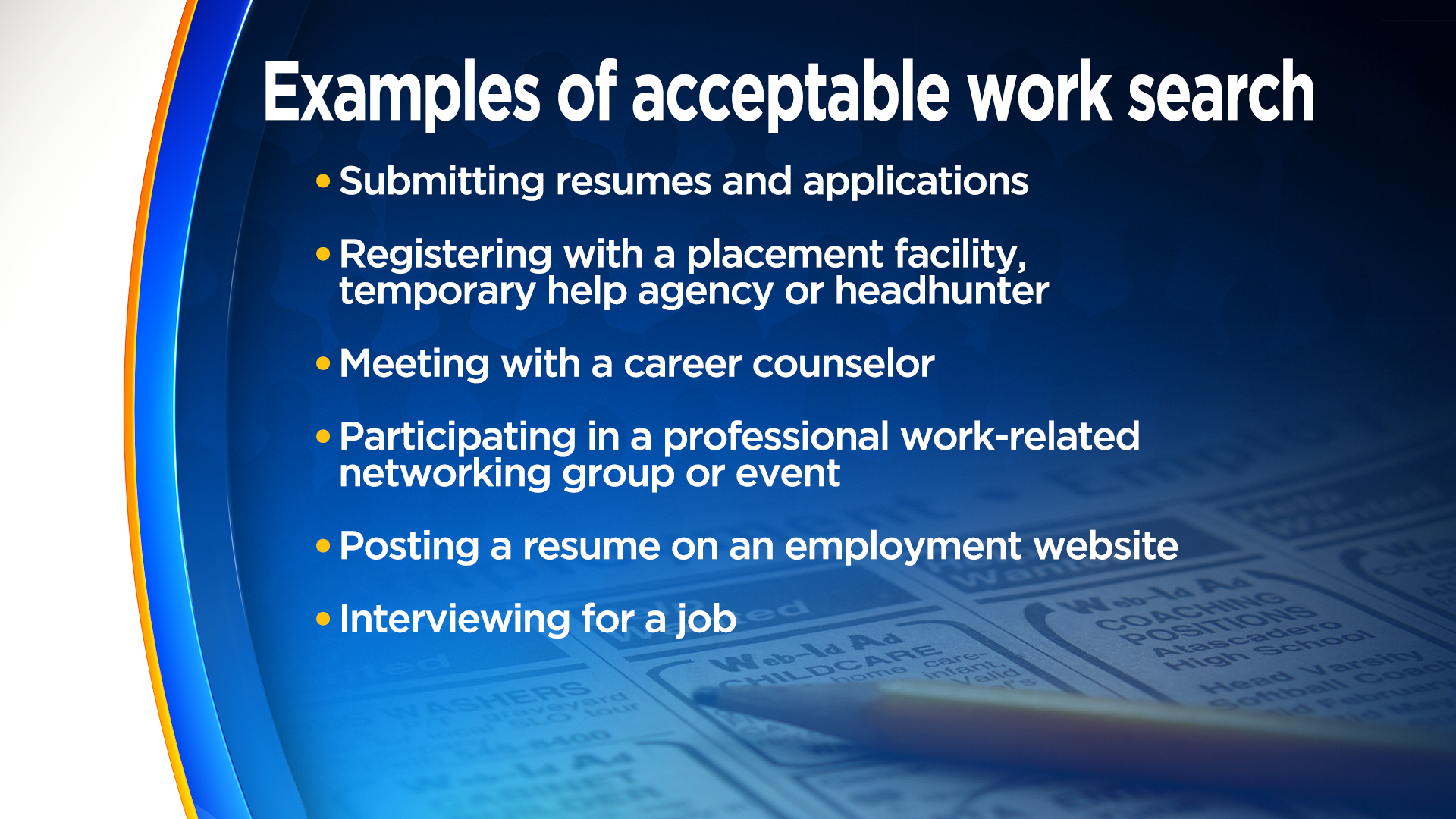Work search requirements for unemployment insurance are back in place: what you need to know
MILWAUKEE (CBS 58) – Wisconsin residents receiving unemployment insurance must now fulfill work search requirements that were temporarily suspended because of the economic effects of the pandemic.
A GOP-controlled legislative committee voted on May 19 to reinstate the requirements. The aim is to help an ongoing labor shortage in the state as it recovers from the pandemic.
“I would argue that that is why it is so imperative to get people out looking for work,” Sen. Steve Nass (R – Whitewater) said on May 19 about putting the requirements back in place.
Governor Tony Evers reacted to the move by the committee.
“I’m not surprised,” Evers told reporters. “But at the end of the day, this whole pushback against poor people and people struggling in the pandemic, I have trouble understanding it.”
As of May 23, people seeking to claim unemployment insurance in Wisconsin must make four work search contacts each week in order to receive the benefits.
Forms of acceptable work search, according to the Department of Workforce Development, include things like submitting resumes and applications, meeting with a career counselor and interviewing for a job.
The Department of Workforce Development has a complete FAQ section regarding work search requirements which can be found here: https://dwd.wisconsin.gov/ui/worksearch/
Earlier this year, DWD launched a new interactive map to help connect job seekers with critical services. That site can be found here: http://www.wisconsinjobcenter.org/directory/default.htm
The requirements are a challenge for some.
Luz Sosa is an economist at Milwaukee Area Technical College. Prior to the pandemic, she worked full-time, but the effects of COVID-19 on the college forced her to go part-time. She has since been on partial unemployment. With the work search requirements, she is finding limited options to fulfill them as higher education employment has slowed and has yet to recover fully. Sosa believes this is a challenge for many others.
“How would that impact other people in other industries where there are no jobs in their industry?” Sosa told CBS 58 in an interview. “Are we all supposed to switch jobs, careers or make a life change just because of these work searches?”
Wisconsin’s unemployment rate sits at 3.9 percent which is below the national average of 6.1 percent, according to DWD. Sosa believes obstacles preventing people from re-entering the workforce cannot be solved by reinstating work search requirements or removing benefits like the extra $300 of federal unemployment benefits, an item state Republicans want to cut but is likely to face a veto from Gov. Evers.
Sosa said the current labor shortage may have more to do with challenges with low wages, child care hurdles and structural unemployment among skilled jobs – an issue that existed before the pandemic.
“Instead of just thinking of these short-term goals, we really need to address the long-term structural dysfunction that we have in the state,” Sosa said.















